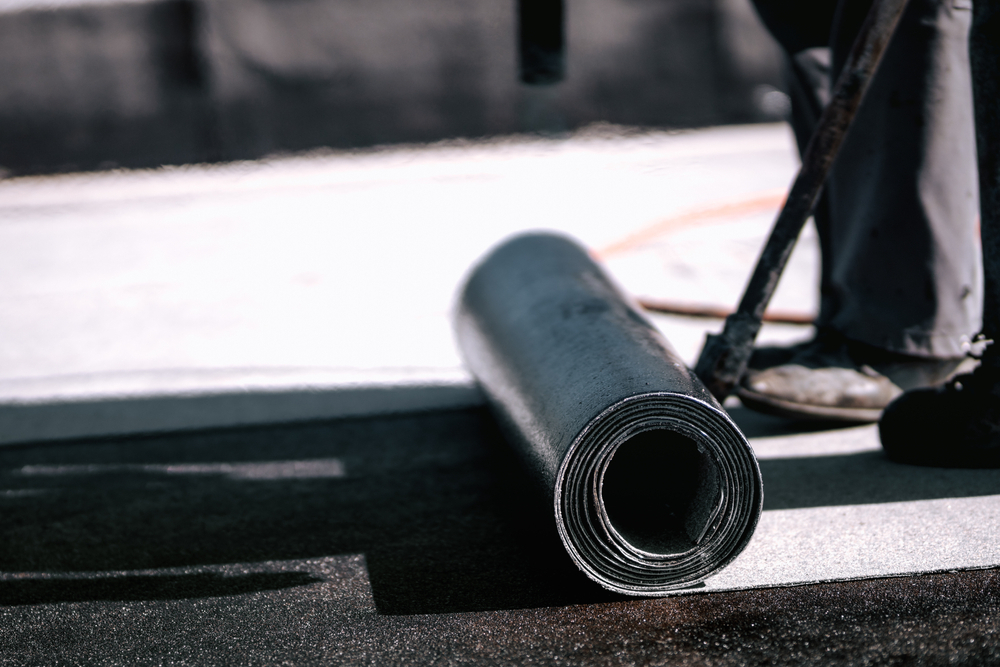The Ultimate Guide of Waterproofing Membranes
Our drive to safeguard our possessions grows as minimalism and anti-consumerism become more popular. Anyone who buys or builds a house or other construction hopes that it will be resaleable for an extended period. This sounds good economically and environmentally.
We cannot overstate the need for weather protection in Pakistan, as water is at the top of the list. Water infiltration can result in plaster delamination, damaged flooring, burned-out electrics/fire, rotted window frames and carpets, as well as mildew or fungal development. All of these are both expensive and harmful. Our definitive guide has covered all you need to know about Waterproofing membranes.
What is Waterproofing Membrane?
A waterproofing membrane is a water-tight layer of material applied to a surface to prevent water leaks or damage. Liquid applied or pre-formed sheet membranes are the most common waterproofing membranes. They can be attached or erected around the foundations (much like a structural slab).
Waterproofing always assist stop water from penetrating your foundation and safeguard your property from water damage, whether it’s for your building’s basement or roof.
Interior Basement Waterproofing an essential aspect of maintaining a dry and secure basement environment. By implementing effective waterproofing measures, you can prevent issues such as mold, mildew, and structural damage caused by water infiltration. Whether you’re renovating an existing basement or constructing a new one, investing in interior basement waterproofing solutions can significantly enhance the longevity and livability of your space.
Where to Apply Waterproofing Chemical?
Whatever the size, location, or style of building, a waterproofing membrane is a critical component for ensuring the structure’s structural integrity. Waterproofing membranes are applicable in various use cases, the most popular being flat roofs, balconies, toilets, etc. where there is a need of SBR Chemical.
Other commons areas include:
- Balconies and podiums
- Basement floor slab
- Flat Roofs
- Gardening and landscaping
- Roof Gardens
- Roofs
- The swimming pool
- Water tanks made of concrete
What Is the Process of Waterproofing?
Here are six techniques to think about:
1. Waterproofing using Cementitious Materials
The Construction & Building Materials for cementitious waterproofing are simple to mix and apply. This approach is commonly applicable in interior wet spaces like bathrooms, kitchens, and toilets.
2. The membrane of Liquid Waterproofing
Waterproofing memorandum is applied using a trowel, roller, or spray, then a thin layer of primer and topcoat is applied. It’s excellent for regions with wide temperature swings, such as a shower.
3. Waterproofing using Bituminous Coating
Because of its excellent waterproofing and protective coating properties, bituminous coatings are ideal for concrete foundations. Asphalt coating is another name for it. It should not be exposed to sunshine since it will become brittle.
4. Waterproofing using a Bituminous Membrane
A bituminous membrane waterproofing solution is an excellent choice for ‘flat roofs’ or roofs with a minor gradient. We can see this application in both art deco and highly modern styles. If used appropriately, it has a lengthy track record of success.
5. Waterproofing with a Polyurethane Liquid Membrane
Polyurethane liquid along with the membrane is another fantastic alternative if you have a roof deck or, once again, a ‘flat’ roof. Bitumen is substantially less costly than polyurethane. It is sturdy and resistant to the elements. It also offers a high degree of flexibility.
Why does Waterproofing Membrane is Important?
- Waterproofing Membrane provide protection from leaks and water damage.
- Damage due to lack of proper waterproofing installation can be so severe. It can impact the integrity of the construction & building materials making them unsafe to inhabit. Waterproofing membrane can deal with such cases.
- It strengthens the structure of the building protecting it from mould.
- Waterproofing SBR Chemical reduces maintenance costs and increases property value
Is it Possible to Tile over a Waterproof Membrane?
It is permissible to tile over a waterproof membrane. In fact, most shower installation methods these days require you to first install a waterproofing membrane or waterproofing SBR chemical.
How Long does it take for A Waterproofing Membrane to Dry?
The drying and curing durations of liquid applied waterproofing membranes are affected by ambient relative humidity, temperature, substrate porosity, air velocity, and substrate temperature. Most membrane manufacturers specify the minimum cure periods—these range from 24 to 72 hours on average.
Summary
Waterproofing is an essential component of all areas of building design and construction. Water penetration causes a substantial percentage of building envelope failures and typically necessitates costly repairs and corrective measures.
Waterproof membranes are an important aspect of residential and commercial construction procedures, whether you’re seeking to keep water from escaping from a swimming pool or preventing water from entering walls and livable spaces.
Waterproofing membrane including SBR synthetic are regularly found in the accompanying applications:
- Bathrooms, wet places, and swimming pools
- Docks for parking and lift pits
- Outside walls, balconies, and terraces
- Plant room flooring and roof decks
- Retaining walls and foundations
With its heavy downpours and high humidity, as well as rising sea levels and increased flooding occurrences, Pakistan’s environment necessitates the installation of sufficient waterproofing membranes.

